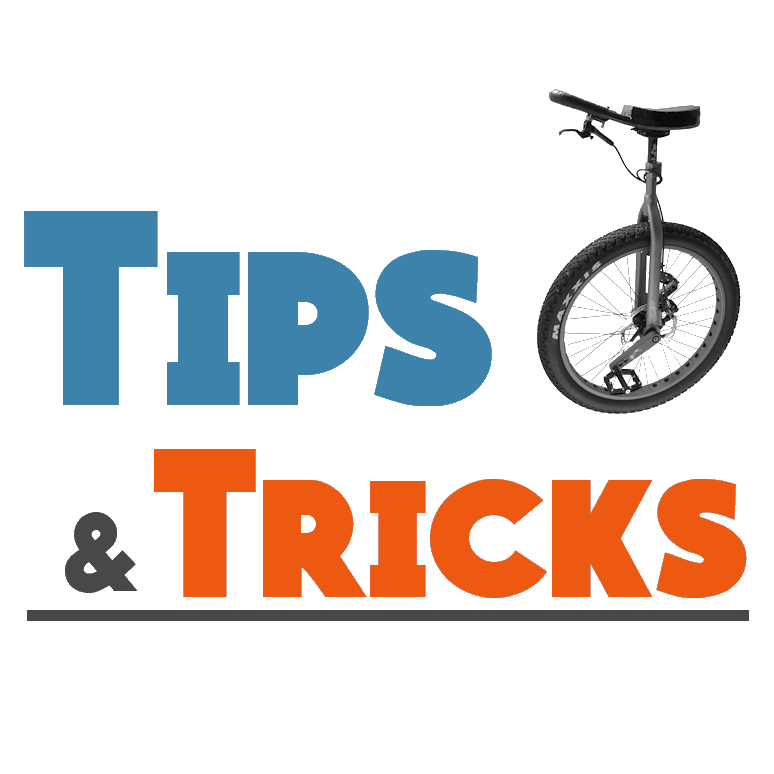The brake on the unicycle is used differently from how it is used on the bicycle
On the unicycle, the brake is used to regulate speed and to remain in complete control when riding downhill even at high speed.
It is therefore easy to get used to "keep on pulling the brake lever" even just with light pressure, on long downhills. This light and prolonged use of the brake is a mistake that can cost you.
The disc brake consists of two main parts: the caliper that acts on the disc, and the lever that is operated with the fingers. These two parts are joined together by a rigid tube containing a special oil.
When braking even softly the pads rub on the disc and heat up a lot (they can reach 260 degrees and above).
The caliper is designed to withstand these temperatures. The lever, on the other hand, is far from the caliper and doesn't have this characteristic. Here the right braking technique comes into play and helps us to prevent problems.


On bikes, even on long descents, the brake is sometimes released or we ride at very low speed. In this way we give the system time to cool off and it’s very difficult for brake fluid contained in the tube to reach a temperature so high as to transfer the heat even inside the brake lever (where there is a small pump).
On the unicycle, however, this may occur. Once it happens the parts of the pump deform, the fluid loses its compression ability and the brake can even become unusable.
If the tube is shortened, this phenomenon will be more frequent and serious.
Unfortunately, bicycle brake manufacturers do not design brakes for use on the unicycle. Our way to use them is considered anomalous and they do not guarantee its durability. So it is also very important to learn how to let the brake cool down simply by being careful to fully release the lever at regular intervals so that the system can cool down naturally. Again, if the oil tube is short, your attention must be greater.
We have asked Florian Rabensteiner and Ben Soja for their personal advice on the use of the brake. Here is what they've said.
Florian
It is also very important to carry out periodic maintenance by checking and replacing if necessary, oil, pads and disc."


Ben
"... As soon as you have learned to rely on the brake, entirely new possibilities open up for you.
To master steeper and more difficult sections, to come down the mountain faster with short cranks, and to ride freewheel unicycles the handle like the Handle Saddle helps a lot. It makes it easier to brake when you feel it’s needed, while pulling hard on the handle at the same time.
I feel like it has been better with high end brakes like Saint or XTR 9120 and larger rotors such as the 203 mm.
The 4 piston brake has better modulation, is much more powerful and sheds heat much better than the 2 piston brake.
My only tip from riding perspective is to let go of the brake occasionally, but that is not always possible."

